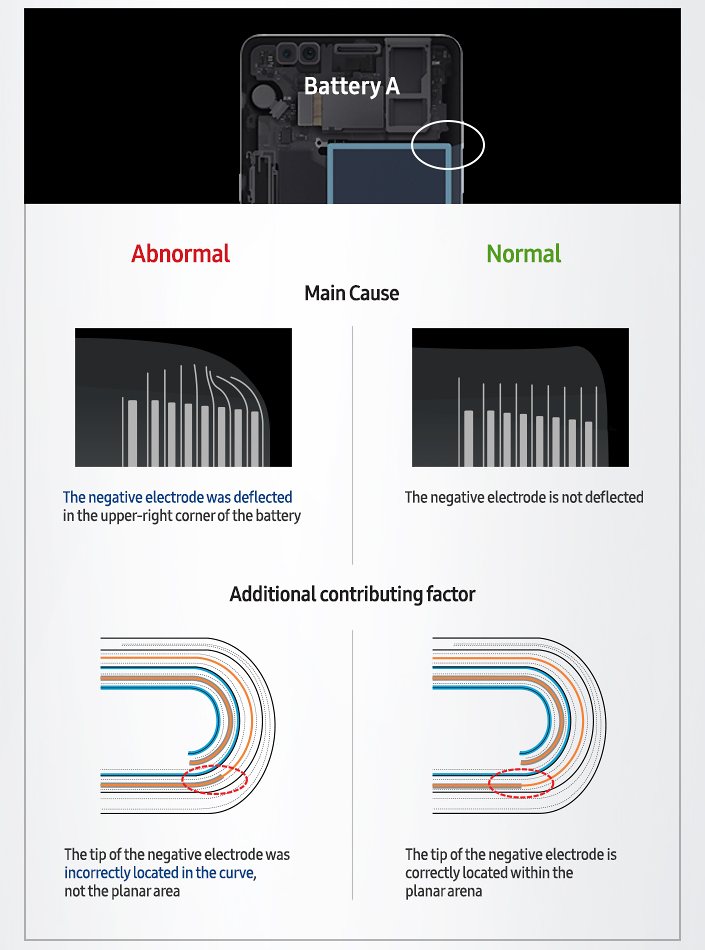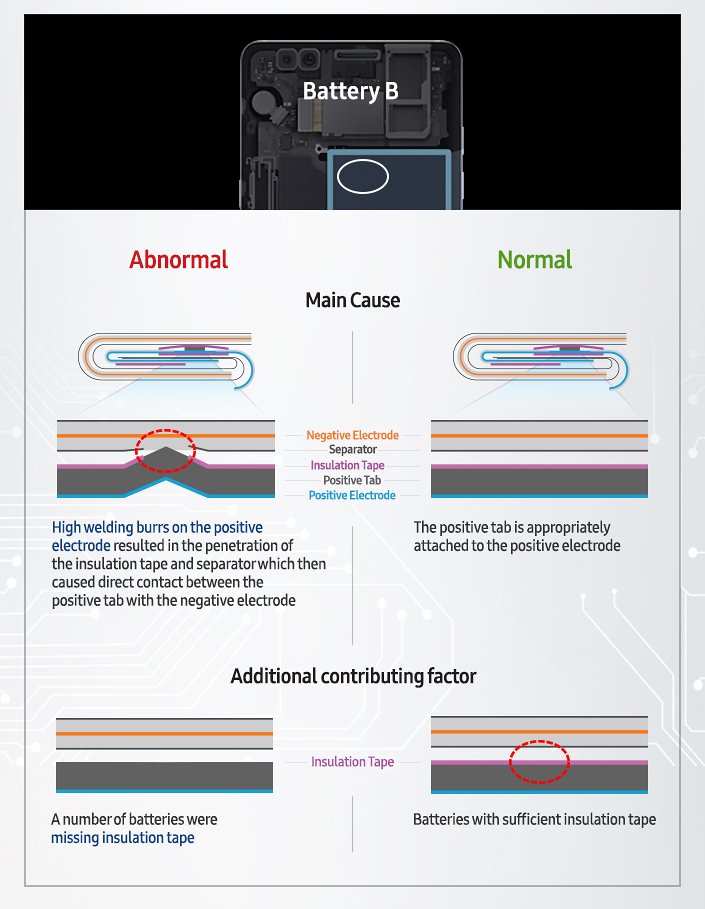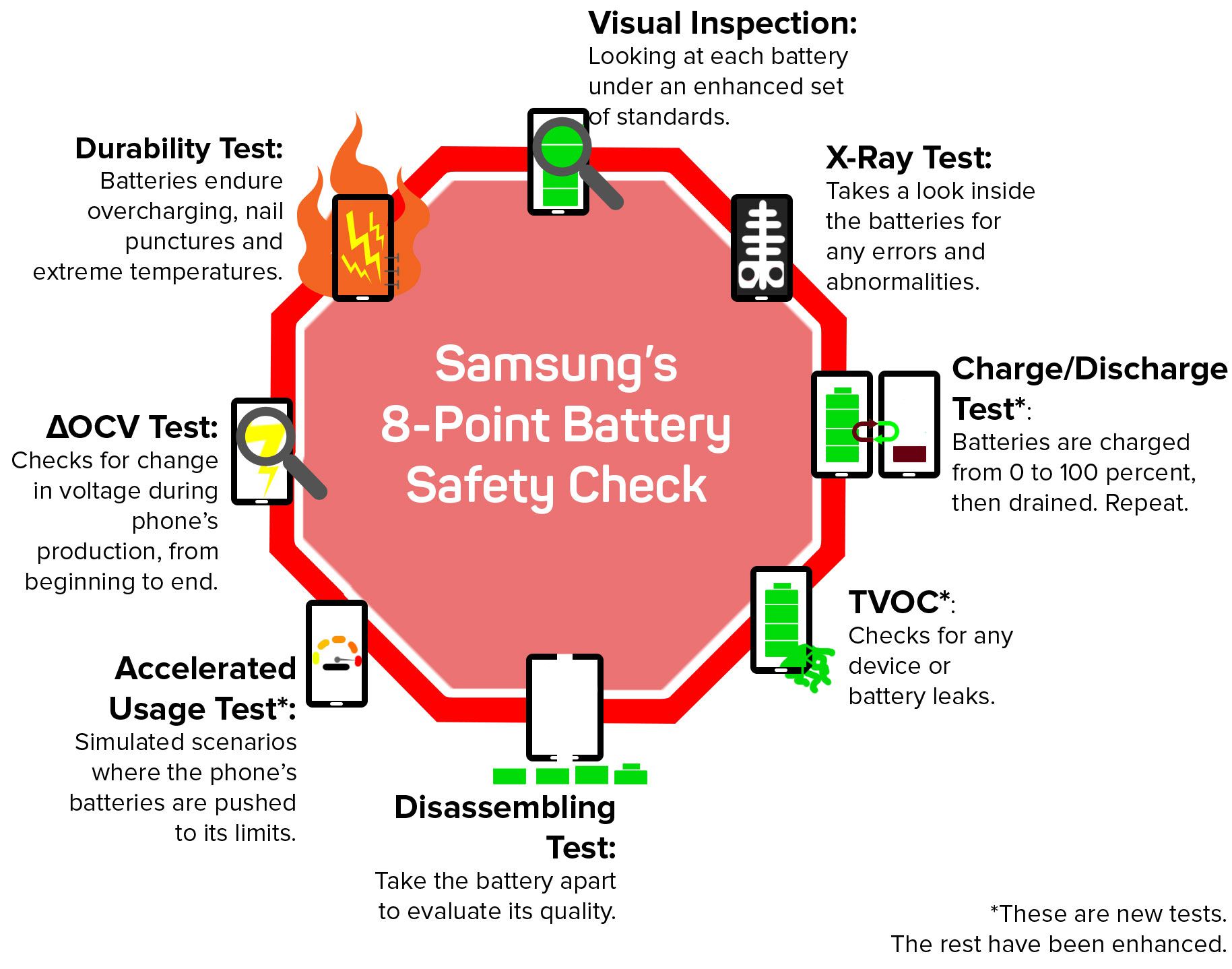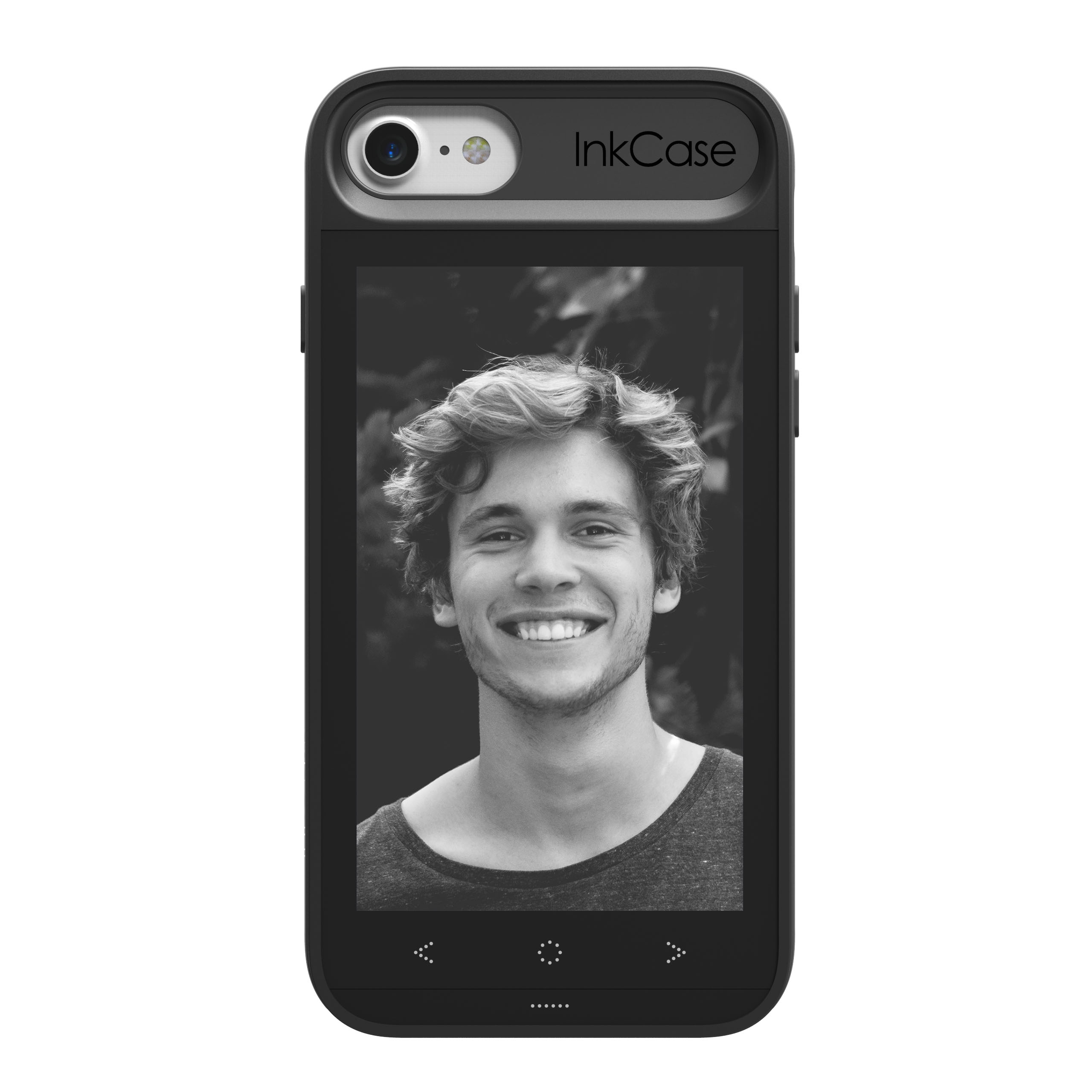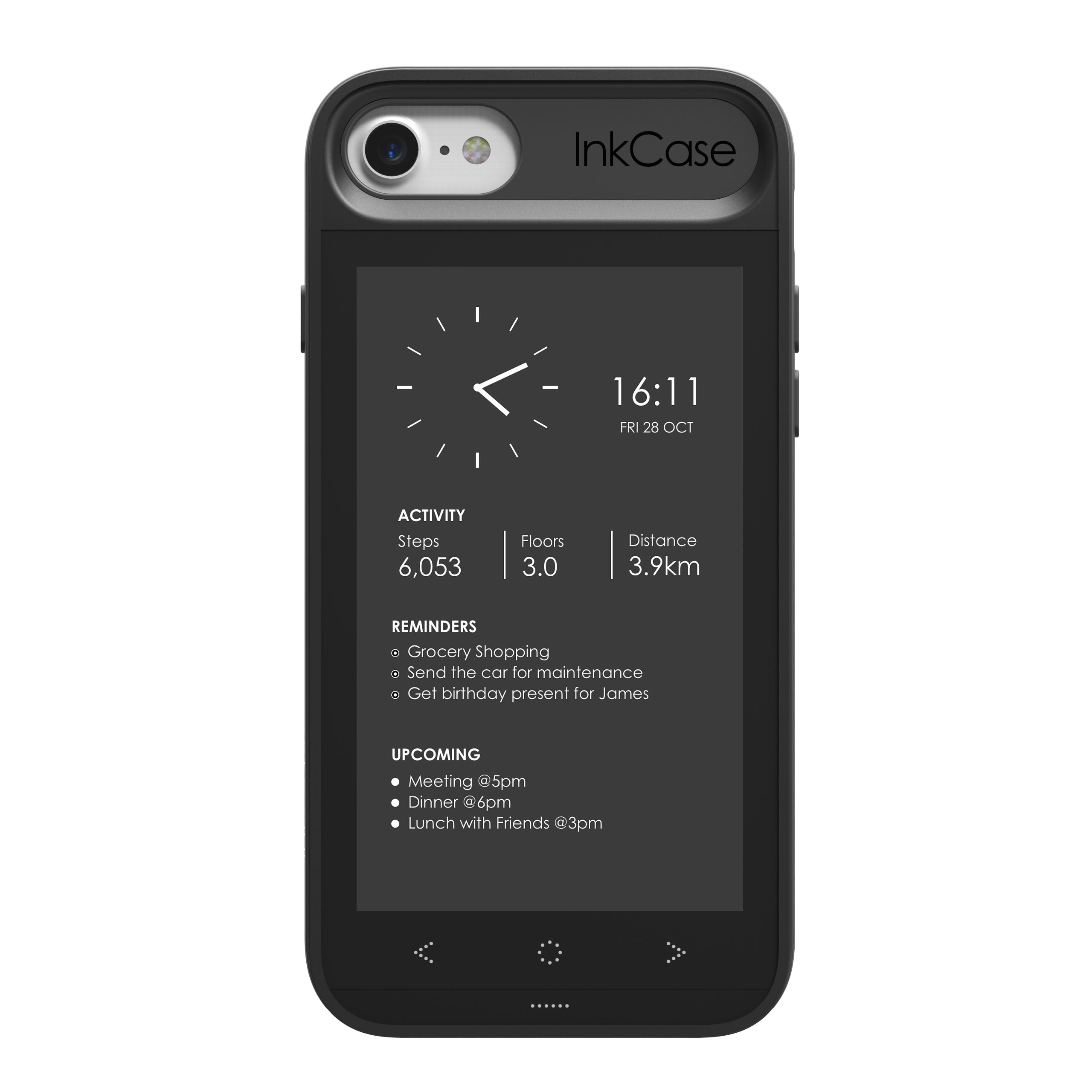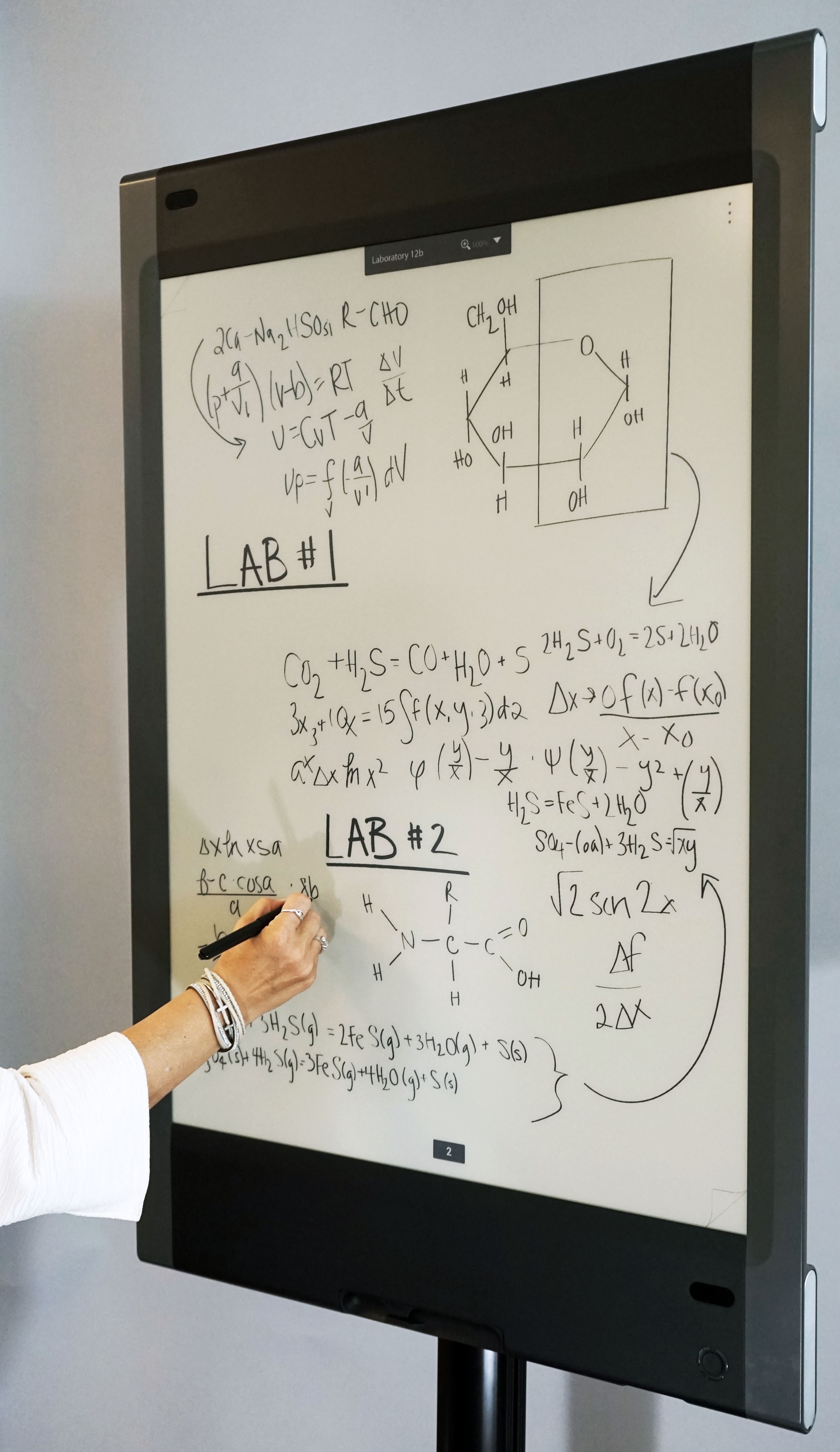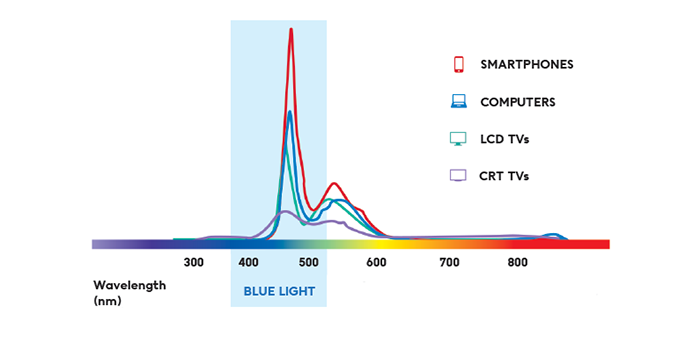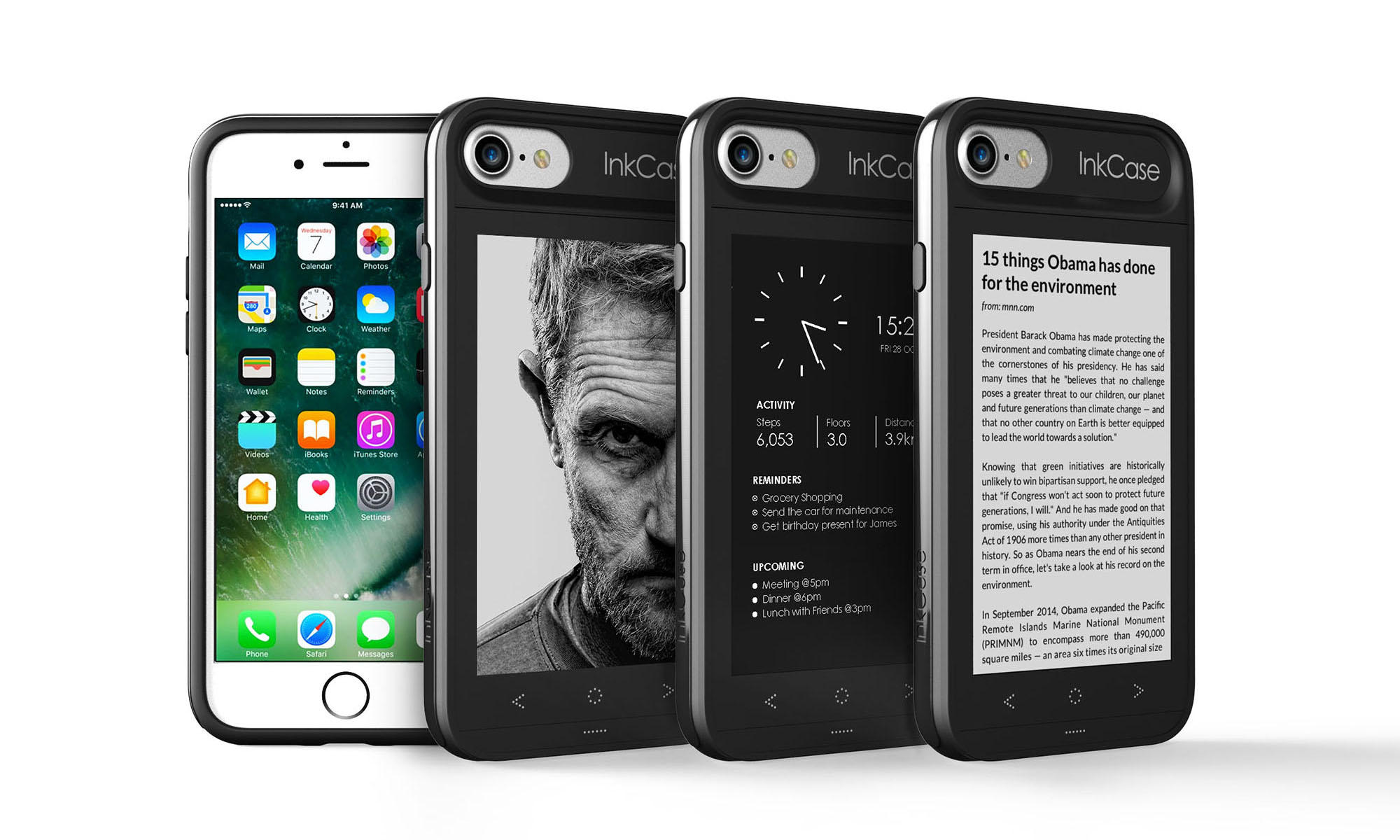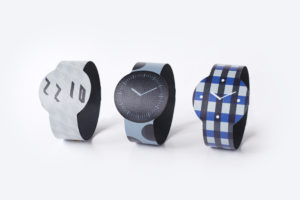Imagine reusing a single sheet of paper over and over again, just feeding it back into the printer whenever you’re done with it. Pretty cool right? Well, this may just be possible in the future from what we see in the recently published patent Microsoft applied for.
The patent seeks to resolve the issue of paper wastage by using E Ink to create a reusable form instead. Currently, E Ink, though relatively lightweight and low-power, is still a rather poor substitute for paper. In terms of cost or flexibility, E Ink offers little in comparison.
Basically, Microsoft plans to take the ‘electronic’ out of electronic ink. The e-paper will divest its electronic elements, leaving only its bi-stable e-Ink display. Instead, a new kind of printer would manipulate electric fields to write on the E Ink display. The e paper then becomes re-usable and also cuts out the need for ink. It’s totally a first world problem but, boy are those ink cartridges expensive!
Since the E Ink display would contain no electronics at all, it would cost significantly less. It becomes a lot more bendable as well. All we need to do is just feed it back into the printer for the next time.
That being said, don’t hold your breath for Microsoft to release such a product anytime soon! Judging from the current E Ink technology, the technological jump needed to fully remove the electronic component of E Ink is a bit of a stretch. Besides, the whole needing a specialised printer thing does put a pretty major damper on our enthusiasm for it.
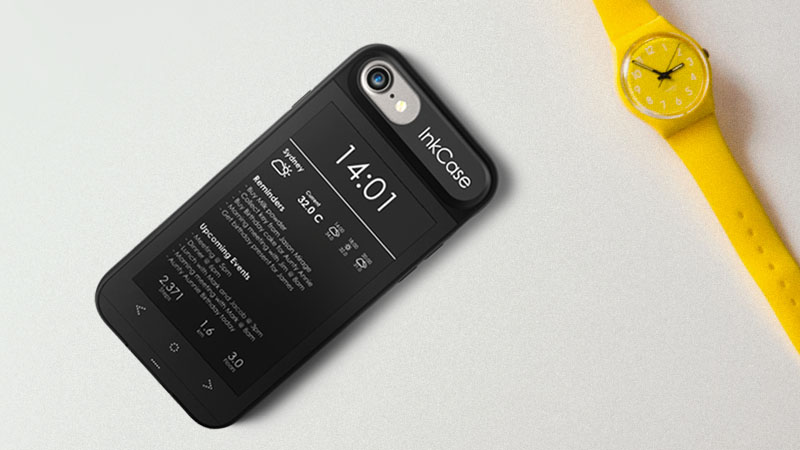 |
| The Inkcase adds a secondary E Ink screen at the back of your phone. |
Reducing paper usage isn’t a new idea; we’ve seen a lot of attempts at a sustainable substitute for paper. Inkcase for example allows users’ mobile phones to double up as an e-reader and planner by adding a secondary E Ink screen at the back of the phone. Yet paper has still reigned supremacy in the office despite all efforts to overthrow it. Microsoft’s patent may be the key if they can figure out a way to ensure both the reusable display and the printer needed come at a competitive price.
(Published on Oaxis, 26 Jan 2017)

